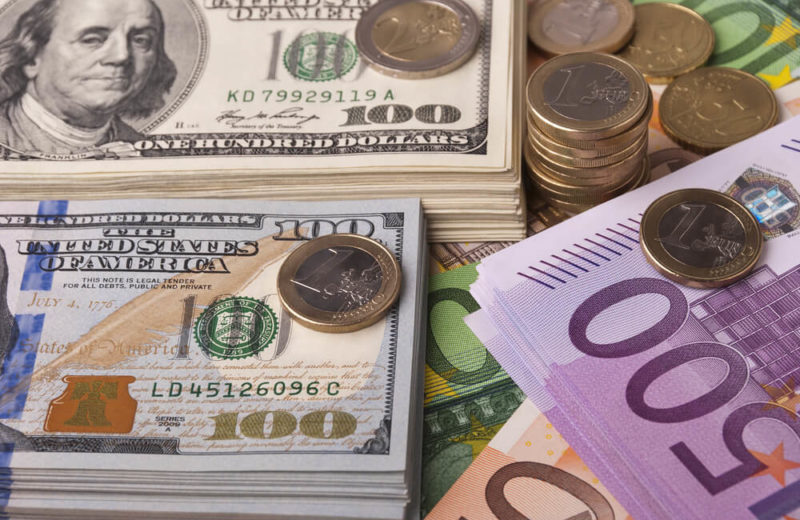The Australian dollar is often regarded as a proxy to the yuan. It trades more freely, and Australians rely on trade with China.
Yukio Ishizuki is a senior strategist at Daiwa Securities. He said that sentiment is fragile. He added that he would not be surprised if he sees the Australian dollar slipping below its previous 10-year low.
Travel curbs and business shutdowns hit China’s economy because of the epidemic.
Thus, to head off any panic, China’s central bank took a range of steps to shore up an economy. And this includes an injection of $173,81 billion (1.2 trillion yuan) worth of liquidity into financial markets.
Nevertheless, it is not enough. The epidemic created uncertainty. Thus, it keeps investors cautious, helping support safe-haven currencies.
Bart Wakabayashi is the Tokyo branch manager of State Street Bank. He said that a big theme now is fleeing to safe havens. He thinks that investors will most probably continue to sell currencies where they have long positions. At the moment, it is difficult to buy the yuan.
Dollar and Others
The offshore yuan eased by 0.1%. Against the dollar, it hit a month low of 7.0117. Nevertheless, its onshore indicator fell over 1% from its levels before the holiday to 7.0125 per dollar.

Against the dollar, the yen traded at 108.48. The yen is a tad weaker so far in Asia. Nevertheless, it is still close to its three-week high of 108.305 set on Friday.
Against the dollar, the Swiss franc changed hands at 0.96395. Thus, it was near its 15-month high of 0.96135 sets last month.
Against the eurozone currency, the franc stood at 1.06810 per euro. It was just below its 33-month high of 1.0666 touched last week.
Euro rose 0.6% last week for its first weekly gain in five. The euro stood at $1.1084. The rise helped by a boost from month-end money flows from European exports on Friday.
The British pound fell by 0.2% to $1.3172.
Britain left the European Union last week, kicking off the year on a strong note.















